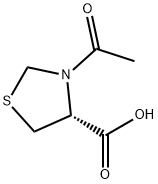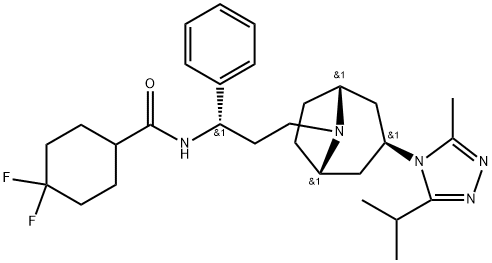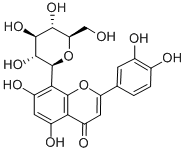77591-33-4
- Product Name:Thymosin beta 4 acetate
- Molecular Formula:C212H350N56O78S
- Purity:99%
- Molecular Weight:
Product Details;
CasNo: 77591-33-4
Molecular Formula: C212H350N56O78S
|
77591-33-4 Name |
|
|
Name |
Thymosin beta 4 acetate |
|
Synonym |
AC-SER-ASP-LYS-PRO-ASP-MET-ALA-GLU-ILE-GLU-LYS-PHE-ASP-LYS-SER-LYS-LEU-LYS-LYS-THR-GLU-THR-GLN-GLU-LYS-ASN-PRO-LEU-PRO-SER-LYS-GLU-THR-ILE-GLU-GLN-GLU-LYS-GLN-ALA-GLY-GLU-SER-OH;FX (HUMAN, BOVINE, HORSE, RAT);thymosin beta 4 acetate;THYMOSIN BETA4 (HUMAN, BOVINE, HORSE, RAT);Thymosin beta4;Thymosin Beta4 Beta4 Acetate;Thymosin β4 Acetate;THYMOSIN SS4 ACETATE |
|
77591-33-4 Chemical & Physical Properties |
|
|
Molecular Formula |
C212H350N56O78S |
|
Molecular Weight |
4963.44000 |
|
PSA |
2245.98000 |
|
Exact Mass |
4960.49000 |
|
storage temp. |
Keep in dark place,Inert atmosphere,Store in freezer, under -20°C |
|
77591-33-4 Description |
|
Thymosin β-4 is an endogenous pro-angiogenic, fibroblast-activating peptide that is involved in hormone regulation. Thymosin β-4 also exhibits immunomodulatory and cardioprotective activities. Thymosin β-4 improves would healing in cardiac issue and improves cardiac function in vivo. Thymosin β-4 binds G-actin filaments, preventing actin polymerization. |
|
77591-33-4 benefits |
|
Thymosin Beta-4 is a 43-amino-acid peptide that promotes healing throughout the body. It also has anti-inflammatory properties. Found naturally in higher concentrations at injury sites, the water-soluble protein can repair tissue damage and regulate cell migration to a site. It can improve wound healing and repair not only the skin, but also the brain, spinal cord, and heart. Medical professionals consider Thymosin Beta-4 a safe and powerful substance in its natural or synthetic form known as TB-500. In addition, TB4 has a low molecular weight and doesn’t bind to the extracellular matrix. This enables it to easily travel throughout body tissues, which promotes a faster rate of healing. The peptide travels long distances, so it usually doesn’t have to be injected directly at the injury site. While some believe injecting it closer to an injured area yields better results, clinical evidence suggests otherwise. |
Relevant Products
-
N-Acetyl-L-thioprolineCAS NO.: 54323-50-1
CAS:54323-50-1
-
Maraviroc
CAS:376348-65-1
-
ORIENTIN
CAS:28608-75-5








